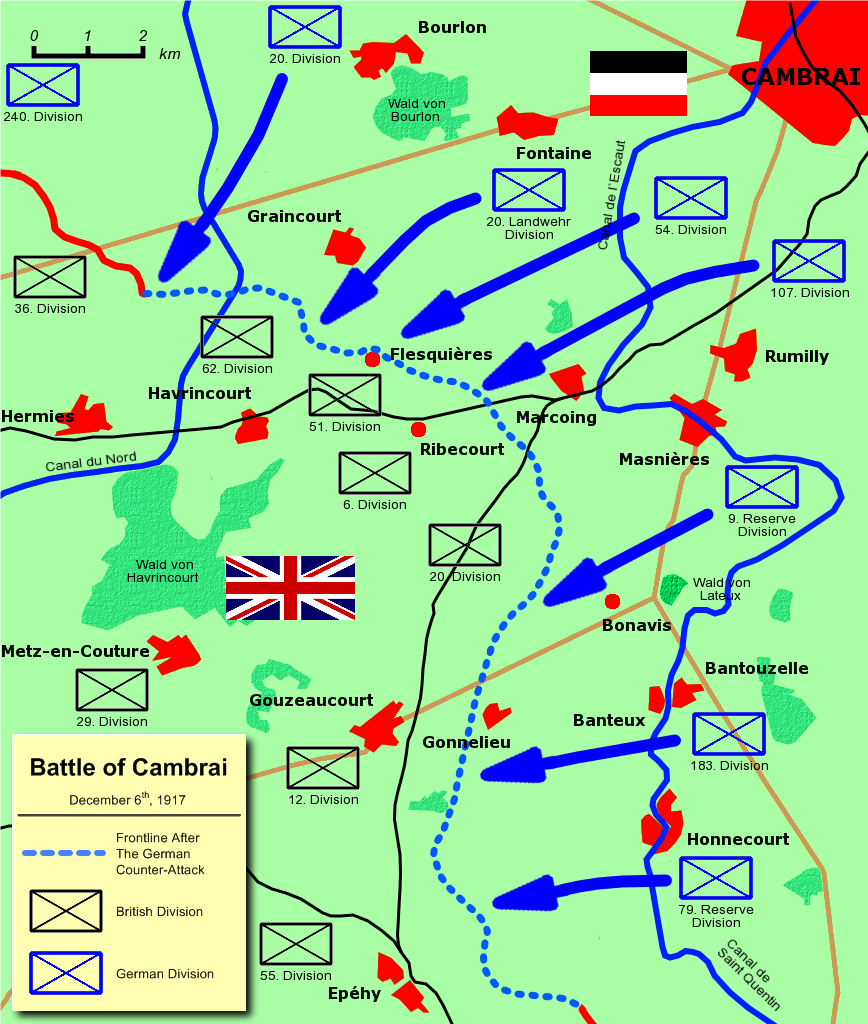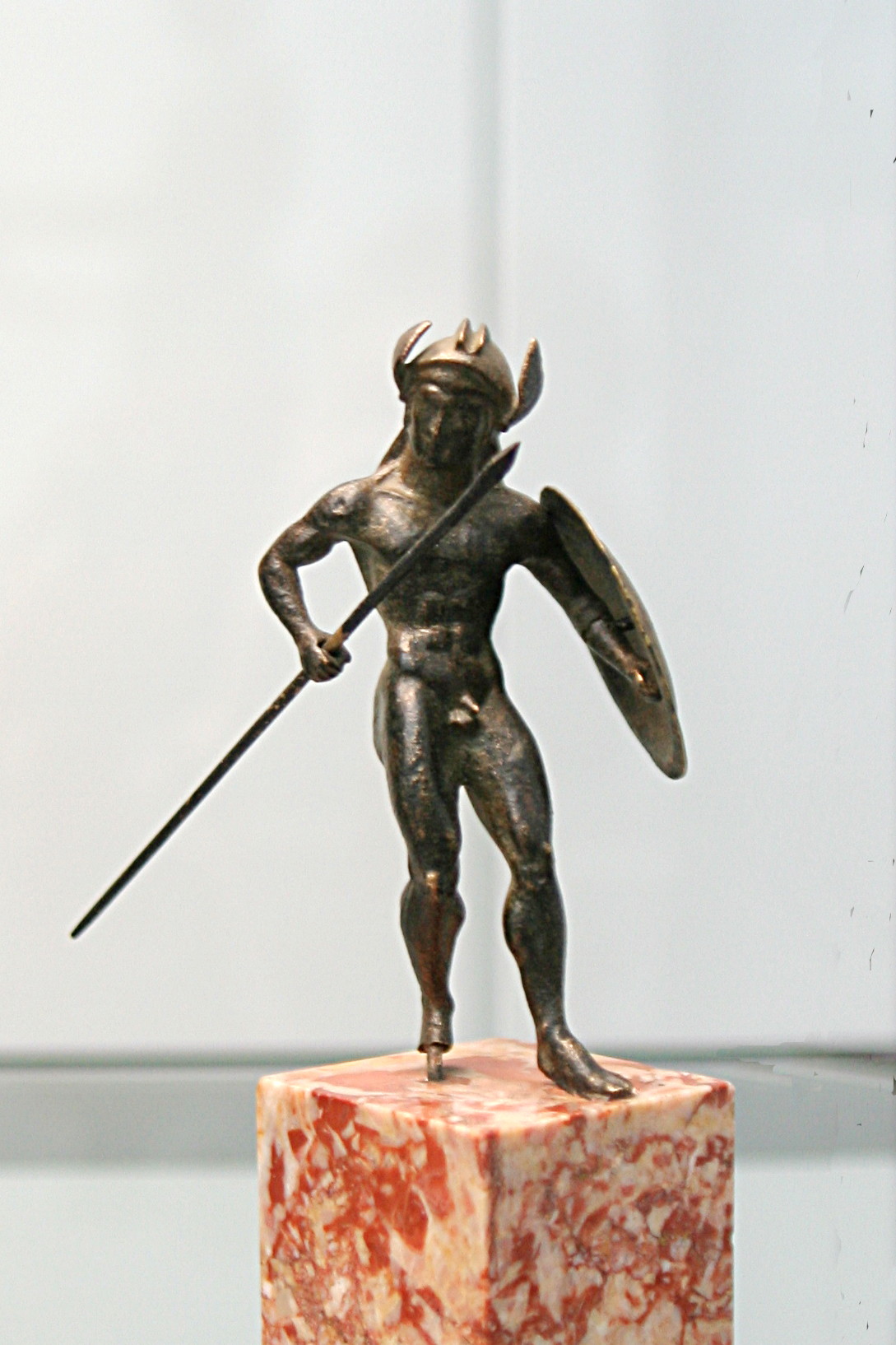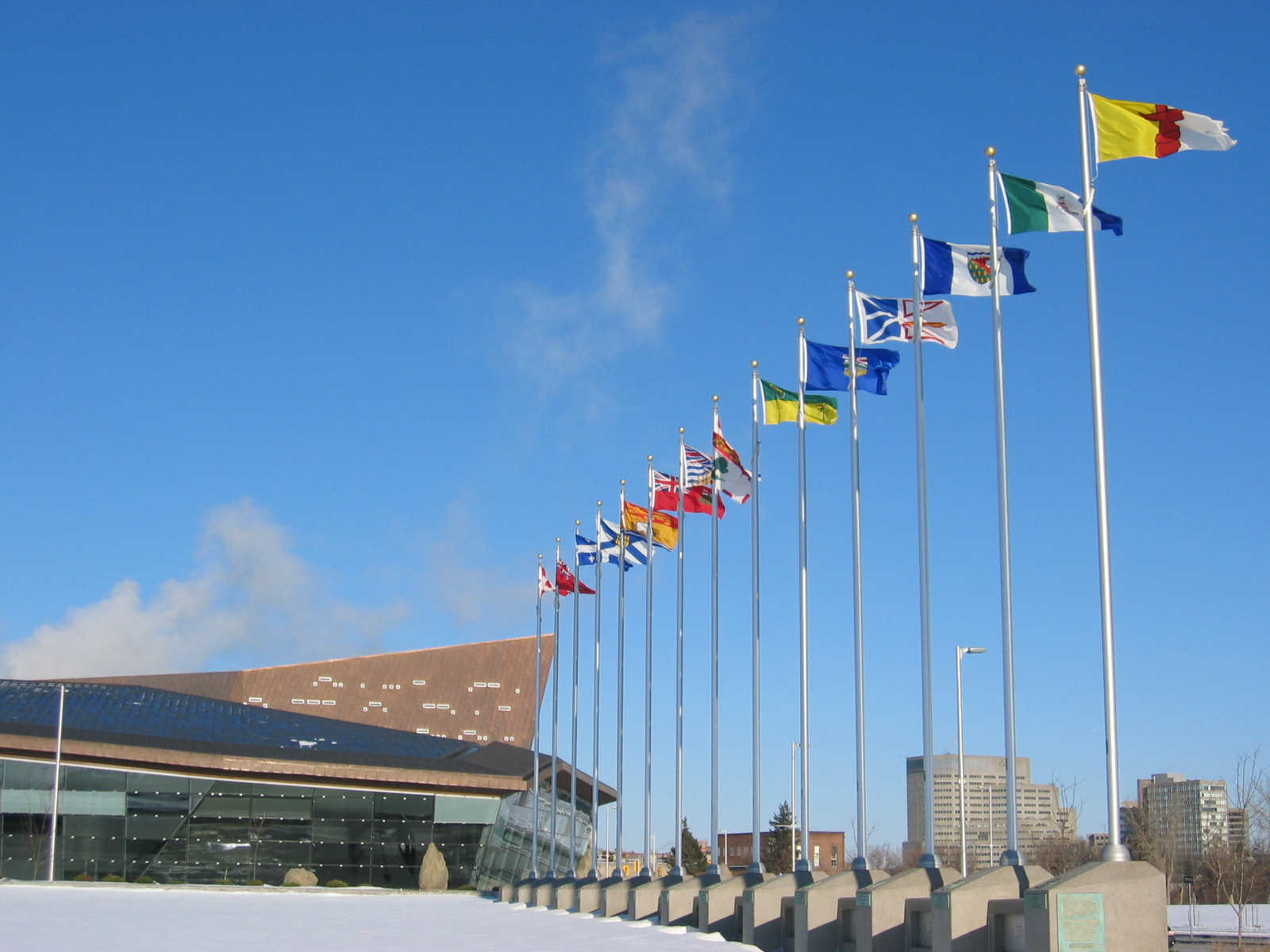|
Counter-offensive
In the study of military tactics, a counter-offensive is a large-scale strategic offensive military operation, usually by forces that had successfully halted the enemy's offensive, while occupying defensive positions. The counter-offensive is executed after exhausting the enemy's front line troops and after the enemy reserves had been committed to combat and proven incapable of breaching defenses, but ''before'' the enemy has had the opportunity to assume new defensive positions. Sometimes the counter-offensive can be of a more limited operational maneuver nature, with more limited objectives rather than those seeking attainment of a strategic goal. A counter-offensive as considered by Clausewitz to be the most efficient means of forcing the attacker to abandon offensive plans.p.540, Briggs Counter-offensives can be executed not only on land, but also by the naval forces and air forces. Strategic counter-offensives have been recorded by military historians in many wars ... [...More Info...] [...Related Items...] OR: [Wikipedia] [Google] [Baidu] |
Battle Of Moscow
The Battle of Moscow was a military campaign that consisted of two periods of strategically significant fighting on a sector of the Eastern Front during World War II. It took place between September 1941 and January 1942. The Soviet defensive effort frustrated Hitler's attack on Moscow, the capital and largest city of the Soviet Union. Moscow was one of the primary military and political objectives for Axis forces in their invasion of the Soviet Union. The German Strategic Offensive, named Operation Typhoon, called for two pincer offensives, one to the north of Moscow against the Kalinin Front by the 3rd and 4th Panzer Armies, simultaneously severing the Moscow–Leningrad railway, and another to the south of Moscow Oblast against the Western Front south of Tula, by the 2nd Panzer Army, while the 4th Army advanced directly towards Moscow from the west. Initially, the Soviet forces conducted a strategic defence of the Moscow Oblast by constructing three defensive belts, ... [...More Info...] [...Related Items...] OR: [Wikipedia] [Google] [Baidu] |
Military Operation
A military operation is the coordinated military actions of a state, or a non-state actor, in response to a developing situation. These actions are designed as a military plan to resolve the situation in the state or actor's favor. Operations may be of a combat or non-combat nature and may be referred to by a code name for the purpose of national security. Military operations are often known for their more generally accepted common usage names than their actual operational objectives. Types of military operations Military operations can be classified by the scale and scope of force employment, and their impact on the wider conflict. The scope of military operations can be: * Theater: this describes an operation over a large, often continental, area of operation and represents a strategic national commitment to the conflict, such as Operation Barbarossa, with general goals that encompass areas of consideration outside the military, such as the economic and political imp ... [...More Info...] [...Related Items...] OR: [Wikipedia] [Google] [Baidu] |
Battle Of Cambrai 4 - German Counter-Offensive
A battle is an occurrence of combat in warfare between opposing military units of any number or size. A war usually consists of multiple battles. In general, a battle is a military engagement that is well defined in duration, area, and force commitment. An engagement with only limited commitment between the forces and without decisive results is sometimes called a skirmish. The word "battle" can also be used infrequently to refer to an entire operational campaign, although this usage greatly diverges from its conventional or customary meaning. Generally, the word "battle" is used for such campaigns if referring to a protracted combat encounter in which either one or both of the combatants had the same methods, resources, and strategic objectives throughout the encounter. Some prominent examples of this would be the Battle of the Atlantic, Battle of Britain, and Battle of Stalingrad, all in World War II. Wars and military campaigns are guided by military strategy, whereas bat ... [...More Info...] [...Related Items...] OR: [Wikipedia] [Google] [Baidu] |
Military History
Military history is the study of War, armed conflict in the Human history, history of humanity, and its impact on the societies, cultures and economies thereof, as well as the resulting changes to Politics, local and international relationships. Professional historians normally focus on military affairs that had a major impact on the societies involved as well as the aftermath of conflicts, while amateur historians and hobbyists often take a larger interest in the details of battles, equipment and uniforms in use. The essential subjects of military history study are the causes of war, the social and cultural foundations, Doctrine#Military usage, military doctrine on each side, the logistics, leadership, technology, strategy, and military tactics, tactics used, and how these changed over time. On the other hand, just war theory explores the moral dimensions of warfare, and to better limit the destructive reality caused by war, seeks to establish a doctrine of military ethics. As ... [...More Info...] [...Related Items...] OR: [Wikipedia] [Google] [Baidu] |
Military Tactics
Military tactics encompasses the art of organizing and employing fighting forces on or near the battlefield. They involve the application of four battlefield functions which are closely related – kinetic or firepower, Mobility (military), mobility, protection or security, and Shock tactics, shock action. Tactics are a separate function from command and control and logistics. In contemporary military science, tactics are the lowest of three levels of warfighting, the higher levels being the military strategy, strategic and Operational level of war, operational levels. Throughout history, there has been a shifting balance between the four tactical functions, generally based on the application of military technology, which has led to one or more of the tactical functions being dominant for a period of time, usually accompanied by the dominance of an associated Combat arms, fighting arm deployed on the battlefield, such as infantry, artillery, cavalry or tanks. Tactical functions Ki ... [...More Info...] [...Related Items...] OR: [Wikipedia] [Google] [Baidu] |
Military Strategy
Military strategy is a set of ideas implemented by military organizations to pursue desired strategic goals. Derived from the Greek word '' strategos'', the term strategy, when it appeared in use during the 18th century, was seen in its narrow sense as the "art of the general", or "'the art of arrangement" of troops. Military strategy deals with the planning and conduct of campaigns, the movement and disposition of forces, and the deception of the enemy. The father of Western modern strategic studies, Carl von Clausewitz (1780–1831), defined military strategy as "the employment of battles to gain the end of war." B. H. Liddell Hart's definition put less emphasis on battles, defining strategy as "the art of distributing and applying military means to fulfill the ends of policy". Hence, both gave the pre-eminence to political aims over military goals. Sun Tzu (544–496 BC) is often considered as the father of Eastern military strategy and greatly influenced Chinese, Japane ... [...More Info...] [...Related Items...] OR: [Wikipedia] [Google] [Baidu] |
United States Government Printing Office
The United States Government Publishing Office (USGPO or GPO; formerly the United States Government Printing Office) is an agency of the legislative branch of the United States Federal government. The office produces and distributes information products and services for all three branches of the Federal Government, including U.S. passports for the Department of State as well as the official publications of the Supreme Court, the Congress, the Executive Office of the President, executive departments, and independent agencies. An act of Congress changed the office's name to its current form in 2014. History The Government Printing Office was created by congressional joint resolution () on June 23, 1860. It began operations March 4, 1861, with 350 employees and reached a peak employment of 8,500 in 1972. The agency began transformation to computer technology in the 1980s; along with the gradual replacement of paper with electronic document distribution, this has led to a ... [...More Info...] [...Related Items...] OR: [Wikipedia] [Google] [Baidu] |
United States Department Of Defense
The United States Department of Defense (DoD, USDOD or DOD) is an executive branch department of the federal government charged with coordinating and supervising all agencies and functions of the government directly related to national security and the United States Armed Forces. The DoD is the largest employer in the world, with over 1.34 million active-duty service members (soldiers, marines, sailors, airmen, and guardians) as of June 2022. The DoD also maintains over 778,000 National Guard and reservists, and over 747,000 civilians bringing the total to over 2.87 million employees. Headquartered at the Pentagon in Arlington, Virginia, just outside Washington, D.C., the DoD's stated mission is to provide "the military forces needed to deter war and ensure our nation's security". The Department of Defense is headed by the secretary of defense, a cabinet-level head who reports directly to the president of the United States. Beneath the Department of Defense are ... [...More Info...] [...Related Items...] OR: [Wikipedia] [Google] [Baidu] |
Oliver Lyman Spaulding (general)
Oliver Lyman Spaulding Jr. (June 25, 1875 – March 27, 1947) was a career officer in the United States Army. A veteran of the China Relief Expedition, Philippine–American War, Pancho Villa Expedition, World War I, and World War II, he attained the rank of brigadier general, and was a recipient of the Army Distinguished Service Medal and Legion of Merit from the United States, and the Order of the Black Star (Commander) from France. A native of St. Johns, Michigan, Spaulding was the son of Oliver L. Spaulding, a Union Army veteran of the American Civil War who attained the rank of brigadier general by brevet and later served as Michigan Secretary of State and a member of the United States House of Representatives. Spaulding graduated from Washington, D.C.'s Central High School in 1891, and received a Bachelor of Arts degree from the University of Michigan in 1895 and a Bachelor of Laws from the University of Michigan Law School in 1896. In 1898, Spaulding applied for an army ... [...More Info...] [...Related Items...] OR: [Wikipedia] [Google] [Baidu] |
Counterattack
A counterattack is a tactic employed in response to an attack, with the term originating in "war games". The general objective is to negate or thwart the advantage gained by the enemy during attack, while the specific objectives typically seek to regain lost ground or destroy the attacking enemy (this may take the form of an opposing sports team or military units). A saying, attributed to Napoleon Bonaparte illustrate the tactical importance of the counterattack : "the greatest danger occurs at the moment of victory". In the same spirit, in his Battle Studies, Ardant du Pic noticed that "he, general or mere captain, who employs every one in the storming of a position can be sure of seeing it retaken by an organised counter-attack of four men and a corporal". A counterattack is a military tactic that occurs when one side successfully defends off the enemy’s attack and begins to push the enemy back with an attack of its own. In order to perform a successful counterattack, t ... [...More Info...] [...Related Items...] OR: [Wikipedia] [Google] [Baidu] |
Air Force
An air force – in the broadest sense – is the national military branch that primarily conducts aerial warfare. More specifically, it is the branch of a nation's armed services that is responsible for aerial warfare as distinct from an army or navy. Typically, air forces are responsible for gaining control of the air, carrying out strategic and tactical bombing missions, and providing support to land and naval forces often in the form of aerial reconnaissance and close air support. The term air force may also refer to a tactical air force or numbered air force, which is an operational formation either within a national air force or comprising several air components from allied nations. Air forces typically consist of a combination of fighters, bombers, helicopters, transport planes and other aircraft. Many air forces may command and control other air defence forces assets such as anti-aircraft artillery, surface-to-air missiles, or anti-ballistic missile war ... [...More Info...] [...Related Items...] OR: [Wikipedia] [Google] [Baidu] |
Military Historian
Military history is the study of armed conflict in the history of humanity, and its impact on the societies, cultures and economies thereof, as well as the resulting changes to local and international relationships. Professional historians normally focus on military affairs that had a major impact on the societies involved as well as the aftermath of conflicts, while amateur historians and hobbyists often take a larger interest in the details of battles, equipment and uniforms in use. The essential subjects of military history study are the causes of war, the social and cultural foundations, military doctrine on each side, the logistics, leadership, technology, strategy, and tactics used, and how these changed over time. On the other hand, just war theory explores the moral dimensions of warfare, and to better limit the destructive reality caused by war, seeks to establish a doctrine of military ethics. As an applied field, military history has been studied at academies and ... [...More Info...] [...Related Items...] OR: [Wikipedia] [Google] [Baidu] |







